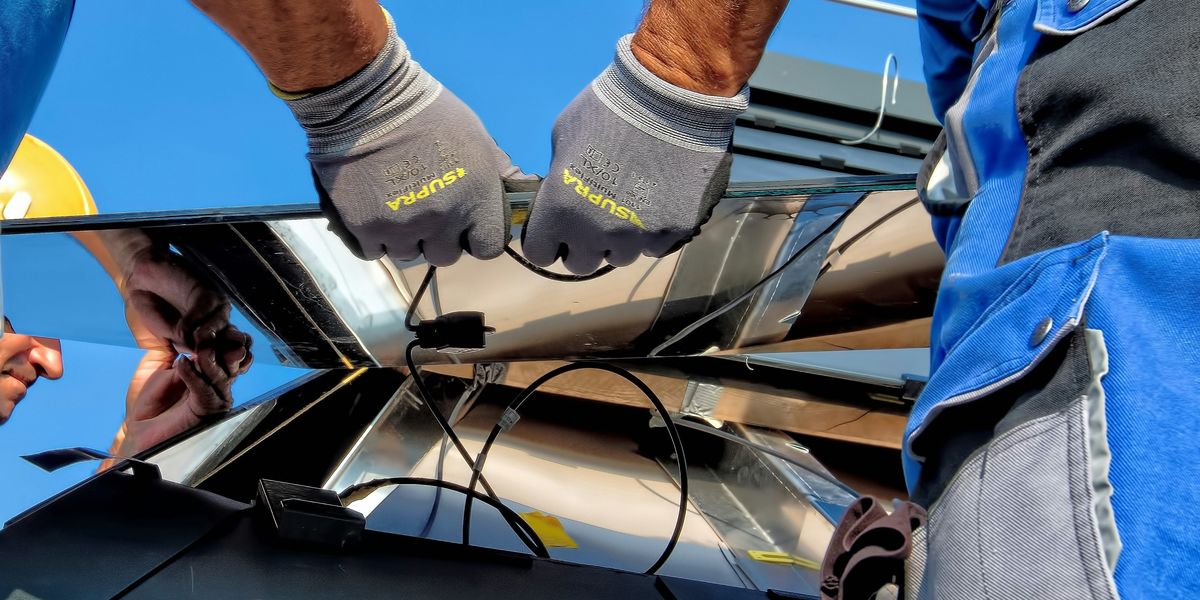electric school bus
Electric school buses could reshape transportation for kids
Oakland’s school district launched the country’s first fully electric bus fleet, highlighting both the benefits and challenges of transitioning away from diesel-powered transportation.
In short:
- Oakland Unified School District deployed 74 electric buses that can also supply power to the local grid.
- Electric buses reduce pollution, improve air quality and can help mitigate climate change, but infrastructure upgrades are needed.
- Federal and state funds are driving the adoption of electric buses, but grid limitations remain a barrier.
Key quote:
“At this stage, we’re in a transition period that’s about replacing your old buses that are wearing out with the new electric versions. There’s still a lot of capacity on the grid available to do that.”
— Sue Gander, director of the Electric School Bus Initiative.
Why this matters:
Diesel school buses contribute to air pollution and disproportionately harm low-income communities. Electrifying buses not only cuts emissions but also improves public health, especially for children.
Related: School buses get a green boost with $1 billion EPA investment
Dallas’ yellow school buses go green to cut emissions
Dallas students will soon be shuttled in new electric school buses that will reduce the district’s greenhouse gas emissions.
EPA awarding nearly $1 billion to schools for electric buses
Nearly 400 school districts spanning all 50 states and Washington, D.C., along with several tribes and U.S. territories, are receiving roughly $1 billion in grants to purchase about 2,500 “clean” school buses under a new federal program.
A bipartisan win for Texas: Electric school buses
Traditional diesel-fueled engines harm kids’ health and pollute the atmosphere. Upcoming state and federal funds aim to help school districts switch to cleaner alternatives.
















